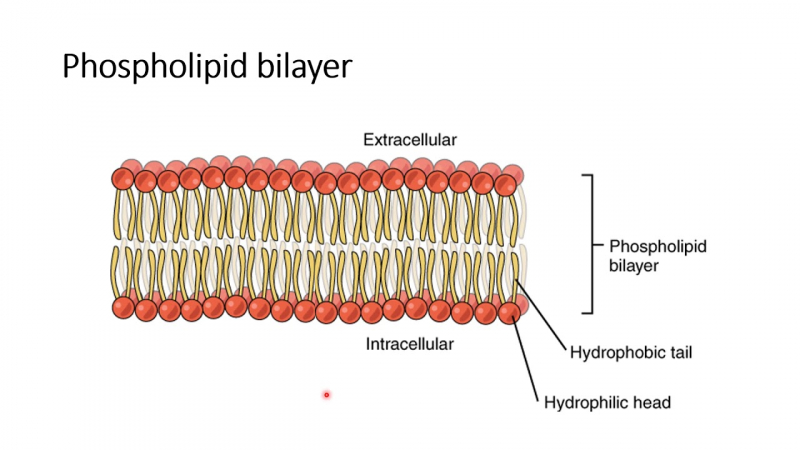It contains carbohydrates that help to identify the cell and link the cell to others.
Carbohydrates, which are carbon, hydrogen, and oxygen molecules (such as sugars, starches, and celluloses), are present on the surface of the cell membrane's outermost layer. Carbohydrates join with lipids to produce glycolipids, while proteins link with carbohydrates to make glycoproteins. Depending on how they are designed, glycolipid and glycoprotein molecules can operate as chemical markers or receptors to help identify the cell or connect it to other cells. Glycoproteins may connect with other proteins to form enzymes and other compounds that, depending on the molecule's function, may be engaged in blood clotting, trapping invading microorganisms, disease protection, and other functions.
Plasma membranes include carbohydrates as well, primarily glycoproteins but also some glycolipids (cerebrosides and gangliosides). Carbohydrates play a vital part in cell-cell recognition in eukaryotes; they are found on the cell's surface where they detect host cells and communicate information; viruses that attach to these receptors induce infection. Generally, glycosylation does not occur on membranes within the cell; rather, glycosylation happens on the extracellular surface of the plasma membrane.
The glycocalyx is an essential component of all cells, particularly epithelia containing microvilli. Recent evidence suggests that the glycocalyx has a role in cell adhesion, lymphocyte homing, and other processes. The penultimate sugar is galactose and the terminal sugar is sialic acid, as the sugar backbone is modified in the Golgi apparatus. Sialic acid carries a negative charge, providing an external barrier to charged particles.






